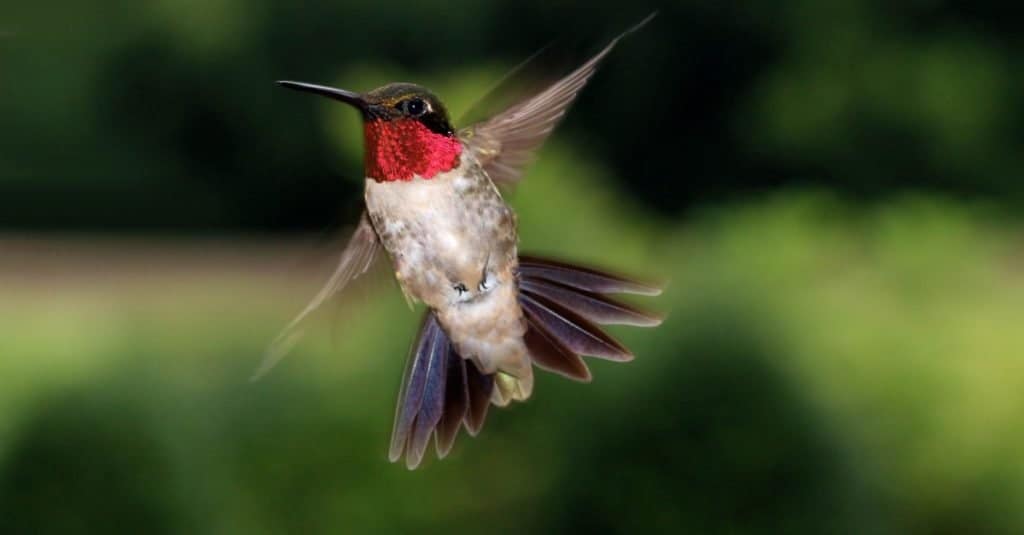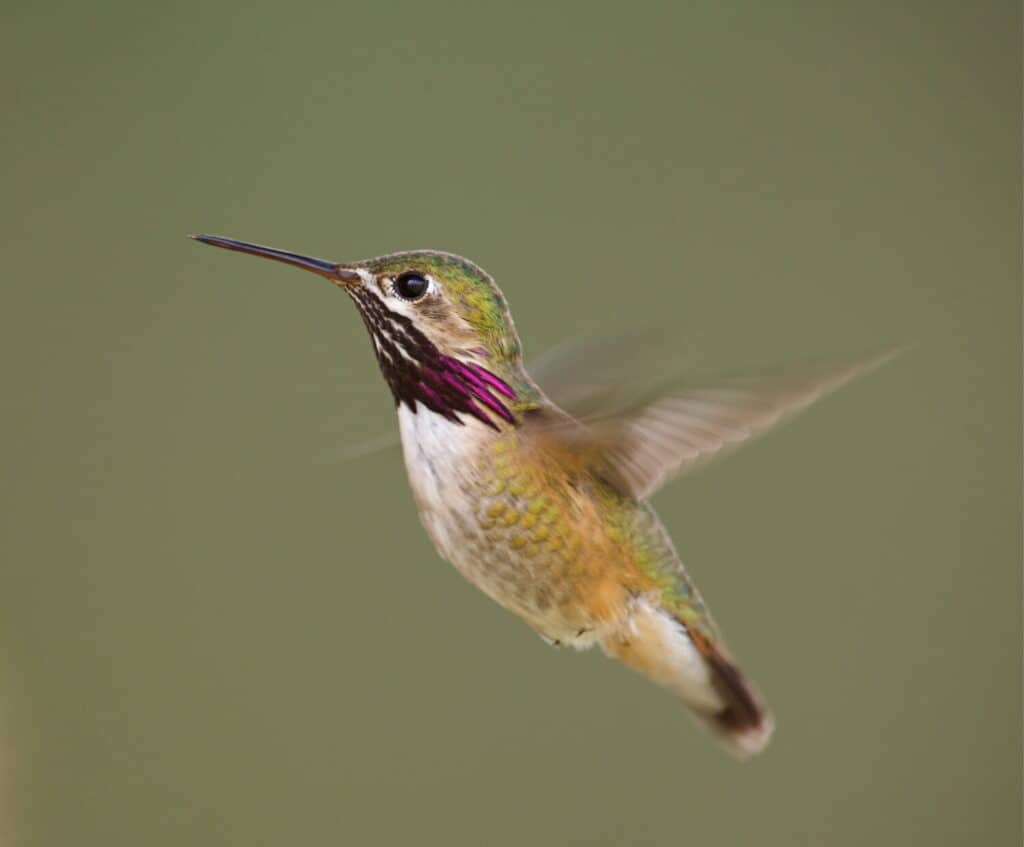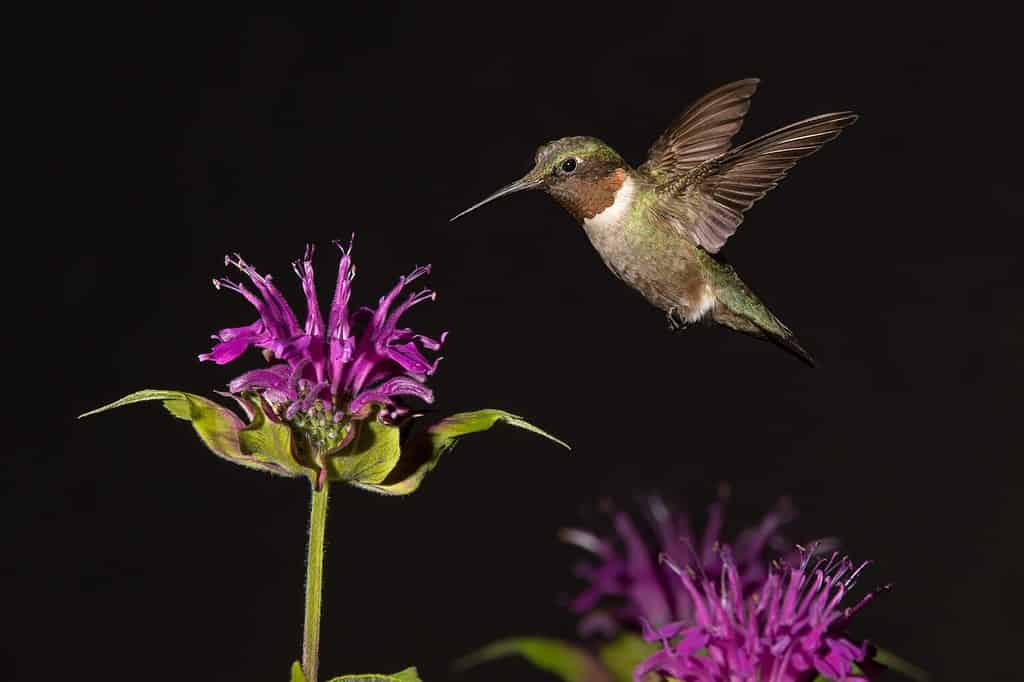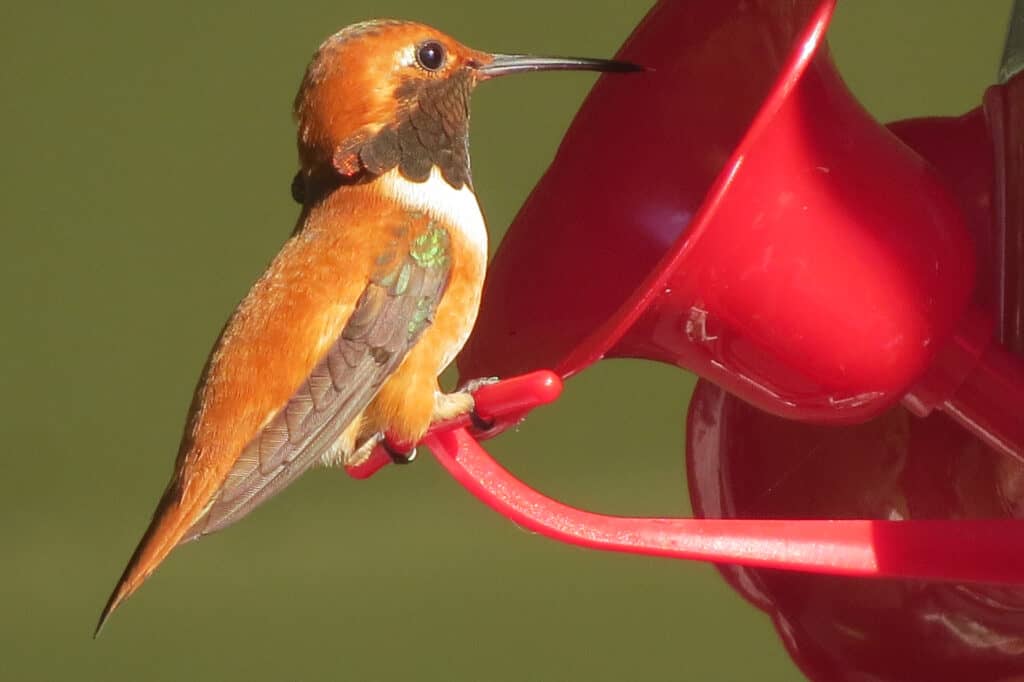Hummingbirds, like many migratory birds, embark on epic journeys across vast distances in search of favorable environments, abundant food sources, and suitable nesting grounds. Colorado, with its diverse landscapes and rich floral biodiversity, acts as a crucial pit stop along their migratory route. As these hummingbirds bid farewell to their mountainous haven, the spectacle that unfolds is nothing short of awe-inspiring.
In this article, we delve into the fascinating world of Colorado’s hummingbirds and witness the moments leading up to their departure. We unravel the mysteries behind their migration patterns and discover the factors that compel these miniature marvels to leave the picturesque landscapes of Colorado. So, let your imagination take flight as we embark on a magical journey through the departure of hummingbirds from Colorado!
When Do Hummingbirds Leave Colorado?

Hummingbirds in Colorado begin to arrive in March or early April and usually depart by November. However, some species may stay until October or November. The exact timing can vary depending on the species of hummingbird. Migrating hummingbirds typically leave Colorado as early as July, with some leaving as late as the end of September. The last of the migratory birds tend to leave around mid-October. Therefore, by November, most hummingbirds have migrated south, bidding farewell to their Colorado habitat.
Hummingbird Migratory Patterns in Colorado:

Ruby-throated hummingbirds typically migrate to spend winters from Colorado to warmer climates.
©Ramona Edwards/Shutterstock.com
Hummingbird migratory patterns in Colorado vary depending on the species. Here are some key points about their migratory patterns:
Spring Migration: Hummingbirds begin their spring migration and start appearing in late February or early March in southern Arizona. By early April, they reach northern Arizona, and by late April to late May, they arrive in Colorado. This spring migration period in Colorado typically lasts until the middle of June.
Fall Migration: In the fall, these small birds start their journey southward, leaving Colorado. While some species may begin their departure as early as July, others may stay until October or November. The last of the migratory birds tend to leave around mid-October. By November, most hummingbirds have migrated south, bidding farewell to Colorado for the winter.
Species Variation: Various species visit Colorado, including the ruby-throated hummingbird and Rufous hummingbird. Each species has its own unique migration patterns and preferences in terms of nesting areas and routes.
Habitat Maintenance: Maintaining and improving suitable habitats for hummingbirds, such as ensuring the availability of nectar-rich flowers and hummingbird feeders, can help attract and support their migration journeys.
Keep in mind that these are general patterns, and individual hummingbirds’ movements can vary. Observing local sightings and paying attention to migratory patterns specific to your area can provide further insights into when hummingbirds leave Colorado.
Why Do Hummingbirds Leave Colorado?

Calliope hummingbirds rely on specific habitats for nesting, breeding, and foraging.
©Tom Reichner/Shutterstock.com
Hummingbirds leave Colorado for several reasons, which include:
Migratory Instinct: Due to genetics, hummingbirds migrate based on changes in the length of the day and the angle of the sun. They have an innate instinct to head south in the fall, regardless of the availability of nectar or colder weather. So, it’s not the lack of resources or unfavorable conditions that make them leave Colorado.
Seasonal Habitats: Hummingbirds rely on specific habitats for nesting, breeding, and foraging. As seasons change and resources become scarce, they migrate to regions with more abundant food sources and suitable nesting grounds.
Food Availability: These birds primarily feed on nectar from flowers, insects, and tree sap. In Colorado, flowering plants and insect populations decline as the cooler autumn and winter months approach. To ensure a consistent food supply, hummingbirds migrate to areas where flowers and insects are still plentiful.
Climate: Colorado experiences cold winters with freezing temperatures and limited food sources. Hummingbirds, with their small size and high metabolism, are not able to survive in such harsh conditions. Hence, they migrate to warmer regions where they can find a more hospitable climate.
By leaving Colorado and migrating south, hummingbirds are able to find suitable habitats, access reliable food sources, and avoid the challenges posed by cold winters. Migration allows them to survive and thrive in different ecosystems throughout the year.
Where Do Hummingbirds in Colorado Migrate?

Ruby-throated hummingbirds tend to migrate to the southern U.S. from Colorado during colder months.
©Matt Cuda/Shutterstock.com
Here are some key places where hummingbirds in Colorado migrate:
Southern United States: Many hummingbirds, including the ruby-throated hummingbird and Rufous hummingbird, migrate to the Southern United States. They travel to states like Texas, Arizona, New Mexico, and California, where they find suitable habitats and abundant food sources.
Mexico and Central America: Some hummingbird species, such as the ruby-throated hummingbird, undertake long-distance migrations all the way to Mexico and Central America. They travel south across the Gulf of Mexico and continue their journey to reach warmer regions with favorable climates.
South America: Hummingbirds that breed in Colorado, such as the broad-tailed hummingbird, may migrate to South America. They travel to countries like Ecuador, Colombia, and Venezuela, where they can find suitable habitats in the Andes Mountains and other regions.
It’s important to note that hummingbird migration routes can vary significantly depending on the species and individual birds. Migration patterns are influenced by factors such as food availability, breeding territories, and geographic features. Also, some hummingbirds may even overwinter in milder areas of the southern United States instead of migrating further south.
Observing local hummingbird sightings, tracking their banding data, and referring to birding resources specific to Colorado can provide more detailed information about the specific destinations of hummingbirds in the region.
What Are the Different Species of Hummingbirds That Migrate in Colorado?

Black-chinned hummingbird is a species you can spot in Colorado.
©rck_953/Shutterstock.com
In Colorado, several species of hummingbirds migrate during specific times of the year. Here are some of the hummingbird species that migrate in Colorado:
Broad-Tailed Hummingbird (Selasphorus platycercus): Broad-tailed hummingbirds are a common species in Colorado, and many of them undertake migration. They typically arrive in Colorado in mid-April and leave by mid-September.
Rufous Hummingbird (Selasphorus rufus): Rufous hummingbirds are another species that migrate through Colorado. They have an aggressive nature and frequent hummingbird feeders and gardens. They migrate south from their breeding grounds in Alaska and Canada.
Black-Chinned Hummingbird (Archilochus alexandri): Black-chinned hummingbirds in Colorado migrate south during the winter months. They typically spend their breeding season in Colorado and other western states before migrating to Mexico and Central America for the winter.
Calliope Hummingbird (Selasphorus calliope): Calliope hummingbirds are less common in the state but are visible during migration. They pass through Colorado during their return trip south in July and August.
Ruby-Throated Hummingbird (Archilochus colubris): While more common in eastern parts of the United States, ruby-throated hummingbirds take part in migration. They undertake a long-distance migration and may pass through Colorado on their way to Mexico and Central America.
It’s worth noting that other species, such as Anna’s hummingbird or Costa’s hummingbird, primarily live in western states and may occasionally be in Colorado.
Are There Any Species of Hummingbirds in Colorado That Don’t Migrate?

Annas hummingbird can sometimes reside in certain areas of Colorado.
©iStock.com/Jedlovec
Yes, there are species of hummingbirds in Colorado that do not migrate. Annas hummingbird and Costas hummingbird are two examples of non-migratory species that occasionally live in specific areas of Colorado such as Colorado Springs. Annas hummingbirds are typically in Washington, Oregon, California, and Vancouver Island. Costas hummingbirds prefer to live in California and Arizona. Broad-billed hummingbirds may also choose to stay in the southwestern states instead of migrating.
How Can I Attract Hummingbirds to My Backyard in Colorado?

Rufous hummingbirds like to perch while feeding.
©Rachel Lambert/Shutterstock.com
There are several ways to attract hummingbirds to your backyard. Here are some tips:
Plant hummingbird-friendly flowers: Planting flowers that are rich in nectar is a great way to attract hummingbirds. Some examples of hummingbird-friendly flowers that grow well in Colorado include columbine, bee balm, salvia, and penstemon.
Use hummingbird feeders: Hummingbird feeders are another effective way to attract hummingbirds. Fill the feeder with a solution made from four parts water and one-part white granulated sugar. Red dye should not be part of the solution, as it may not be suitable for the birds.
Provide a water source: Hummingbirds need water for bathing and preening their feathers. Provide a shallow bird bath or misting station for them to use.
Create a hummingbird habitat: Hummingbirds need a habitat that provides shelter and nesting sites. Plant shrubs and trees that offer cover and perches for them.
Avoid using pesticides: Pesticides can be harmful to hummingbirds and other wildlife. Use organic pest control methods instead.
Be consistent: Once hummingbirds find a reliable food source or habitat, they will return year after year. Be consistent with your efforts to attract them, especially during their migration periods in spring and fall.
By following these tips, you can create a hummingbird-friendly backyard in Colorado and enjoy the beauty of these fantastic birds!
The photo featured at the top of this post is © Bonnie Taylor Barry/Shutterstock.com
Thank you for reading! Have some feedback for us? Contact the AZ Animals editorial team.







